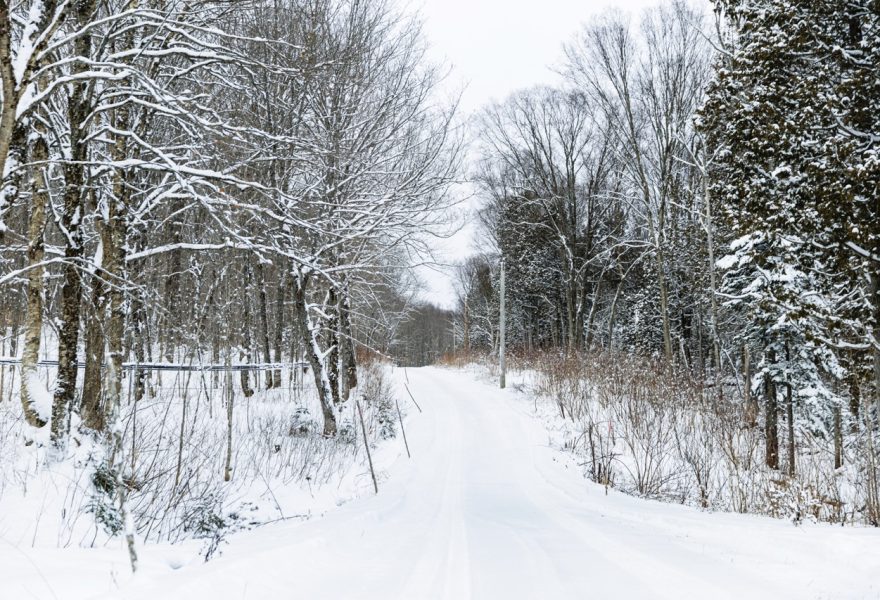Sourcing Maple Syrup: The Tapping Process

Many people from all over the world enjoy maple products as part of their favourite recipes on a daily basis. Whether it’s syrup, flakes, sugar or butter, there’s a whole world of maple out there, ready and waiting to be enjoyed.
But while we’re making use of the endless possibilities of maple, do we actually know where maple syrup comes from and how it begins its journey to becoming a store cupboard essential?
What is tree tapping?
Pure Canadian maple syrup comes from a unique natural process that occurs every year in spring known as tapping. After the cold winter, frozen maple sap thaws under the mild springtime conditions and moves down towards the base of the tree.
Here, the maple tapping season begins as the sap is gathered by the maple producers of Québec and then boiled to make pure maple syrup. Tapping season generally lasts for about four to six weeks, between March and April.
Traditionally, people collected maple sap by hanging pails on taps hammered into the trees. As these pails filled, they were poured by hand into larger containers which were then driven to the sugar shack.
Today, on the whole, maple sap is collected with tubing systems – plastic lines attached to spiles at multiple trees. These tubes connect to conduits that then take the sap, either by gravity or vacuum, directly to the sugar shack.
Can any maple tree be tapped?
While there are more than 150 species of maple tree in the world, not every variety is tapped for syrup. There are two maple trees that are best for maple syrup production, based on the sugar content in their sap, and these are sugar maple and red maple.
A typical maple tree takes about 40 years before it’s big enough to tap and how many times you can tap a single tree is calculated based on the tree’s diameter, health and growth rate.
A maple tree qualifies for tapping when it measures about eight inches in diameter or more. Larger trees can be tapped more than once (for every additional 20 centimetres) up to a maximum of three taps per tree and season.
By following these regulations, it’s ensured that the growth of the maple tree isn’t affected by the tapping process, creating happy trees and happy tappers! Once processed, maple syrup is exported across the world, ready to be added to your delicious dishes and recipes.
So, now that you know where maple syrup comes from and how it’s sourced, we’d love to see your maple syrup creations on Facebook and Instagram.
A Source of Natural Energy
Maple syrup is a natural source of energy. Check out how maple can act as fuel before, during, and after exercise.
